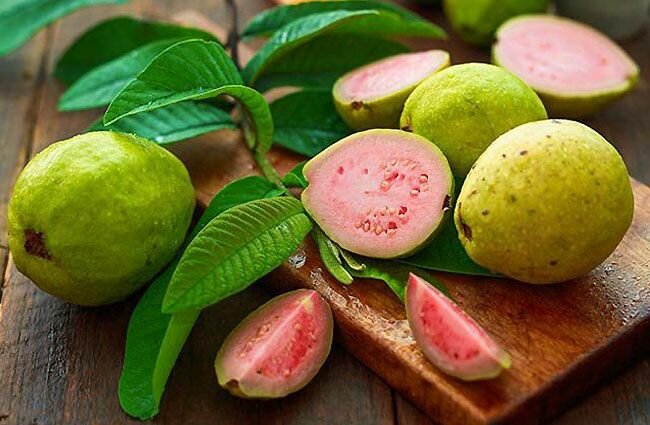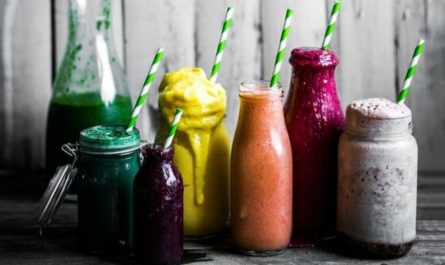A healthy and wholesome diet contains of all the essential nutrients and minerals that hold the power to energize, heal and strengthen our body. Nature has the perfect remedy to get rid of all ailments without causing any side-effects, and these nutrients can be derived from only one source: whole and nutritious superfoods.
We picked out one dozen super-healing foods with wondrously nutritious profiles to add them to your daily diet of wholesome and healthy eating. From fighting off cancerous cells to lowering cholesterol levels, protecting the heart and watching your weight, these superfoods can help you achieve all your health goals, and so much more.
Here, take a look:
1. Kale
Kale is amazingly healthy and it is brimming with countless nutrients, potent antioxidant profiles and powerful anti-inflammatory properties. All you need is one cup of cooked kale to brim your body with a whopping 1328% of your daily dosage requirement of vitamin K, 192% of your daily dosage requirement of vitamin A and nearly 89% of your daily dosage requirement of vitamin C. Moreover, kale is also a handsomely generous source of iron and calcium.
It belongs from the plant family of cruciferous veggies, such as cabbage and broccoli, and it is brimming with extraordinarily high levels of sulforaphane, a potent cancer-fighting compound that protects the body against several cancers, primarily breast, gastric, skin and prostate cancers. It also aids in enhancing the functioning of detoxification enzymes, along with shielding the body against the attacks of free radicals.
The indoles present within kale also provide preventive care against the attacks of several types of cancers, primarily colon, breast and cervical cancers. Vitamin K plays a detrimental role in eliminating blood clotting, strengthening the bone structure by locking calcium within the bones, and shielding the heart against ailments and strokes. Kale has a great antioxidant density as opposed to spinach, and it works wonders at protective the body against all kinds of free-radical damage. Kale has an astounding density of beta-carotene, highest amongst all the other cruciferous vegetables. It contains far greater quantities of lutein and zeaxanthin than broccoli, and Chinese herbalists and medicine experts use kale to treat lung congestion.
How should you eat it?
Kale is an amazingly healthy food and you must eat it as much as you can. Make it a constant fixture in your daily diet, and be sure to pick out fresh organic varieties from your nearest farmer’s market or grocery stores. This delicious cruciferous veggie is available throughout the year, except a few months in summer, which you can spend enjoying other leafy greens and cruciferous veggies.
You can devour it raw, make deliciously crispy kale chips, steam it and add it to your salads, or sauté it with herbs and toss it into a vegetable stew or a hot bowl of soup. It’s a good idea to tenderize kale leaves with cooking, and you can also add them into your vegetable juices and smoothies.




